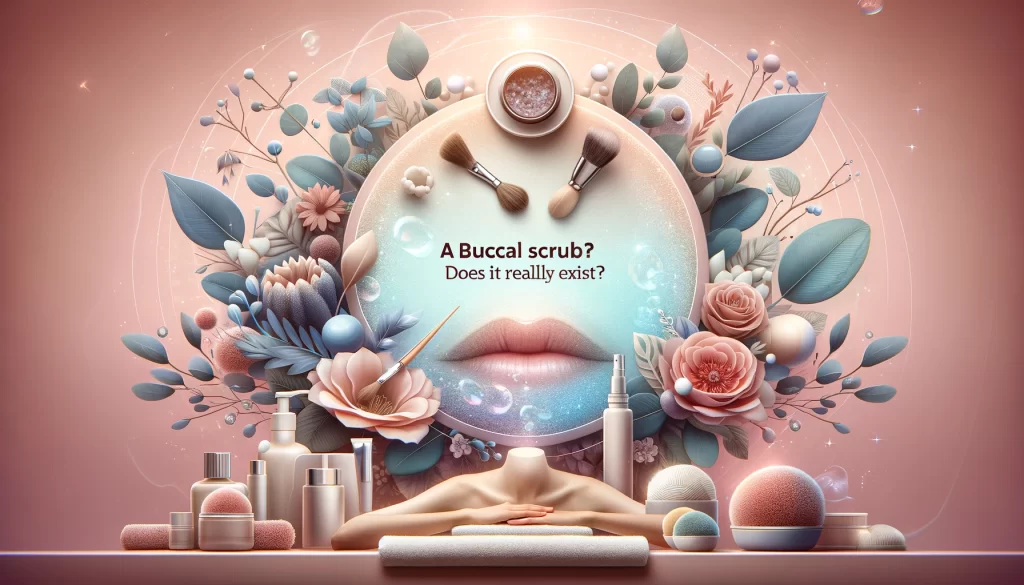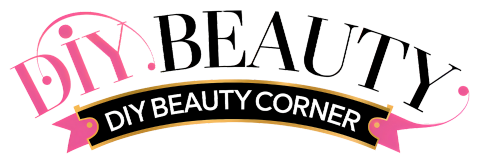
If you’ve heard the term “buccal scrub” floating around on TikTok or beauty blogs, you might be wondering if it’s a real treatment. The truth? A buccal scrub isn’t a recognised skincare procedure — but what people are likely referring to is the buccal massage. This unique facial massage technique works inside the mouth to target deep facial muscles, release jaw tension, and promote a more sculpted appearance.
In this guide, we’ll break down the myth of the buccal scrub, explain how buccal massage actually works, compare it to other facial massage techniques, and answer the most common questions people have about it.
Table of Contents
- The Myth of the Buccal Scrub
- The Reality of Buccal Massage
- How Buccal Massage Works
- Buccal Massage vs. Other Facial Massages
- Key Benefits of Buccal Massage
- Safety & Who Should Avoid It
- FAQ
The Myth of the Buccal Scrub
While the name sounds intriguing, there’s no recognised treatment called a buccal scrub. The term “buccal” refers to the cheek area inside the mouth, which is far too delicate for any abrasive exfoliation. So, if you see it advertised, it’s either a misunderstanding or clever marketing.
The Reality of Buccal Massage
Instead of a scrub, the real treatment is buccal massage — a specialised facial massage technique that works from both the inside and outside of your mouth to relax muscles, improve circulation, and support lymphatic drainage. It’s often used by facialists and holistic therapists to sculpt the jawline and relieve tension in the masseter muscles.
How Buccal Massage Works
- Step 1 – Gloves On: A trained professional wears medical-grade gloves to maintain hygiene.
- Step 2 – Inside the Mouth: They gently insert fingers inside your cheek to massage the inner buccal muscles while supporting the outside of the face.
- Step 3 – Muscle Manipulation: Using kneading, stretching, and lifting motions, the therapist works on the deeper layers of muscle that aren’t reached in standard facials.
Buccal Massage vs. Other Facial Massages
| Massage Type | Where It’s Performed | Main Benefits | Best For |
|---|---|---|---|
| Buccal Massage | Inside & outside the mouth | Releases jaw tension, sculpts cheekbones, boosts lymphatic drainage | Jaw clenching, facial contouring, tension headaches |
| Lymphatic Facial Massage | Outside of face & neck | Reduces puffiness, supports detox, improves circulation | Post-travel swelling, sluggish circulation |
| Gua Sha | Outside of face & neck | Encourages lymphatic flow, improves skin tone, smooths fine lines | Relaxation, sculpted look, home use |
Key Benefits of Buccal Massage
- Facial Sculpting: Helps define cheekbones and jawline.
- Muscle Relaxation: Eases tension from teeth grinding or jaw clenching.
- Lymphatic Drainage: Can reduce puffiness and fluid retention.
- Stress Relief: Promotes deep relaxation for the face and mind.
Safety & Who Should Avoid It
Buccal massage should only be done by trained professionals. Avoid this treatment if you have:
- Recent dental surgery
- Active oral infections or sores
- Severe TMJ disorder (without medical clearance)
Frequently Asked Questions
Does buccal massage actually work?
Yes — when performed correctly by a skilled therapist, buccal massage can help relieve muscle tension, improve facial tone, and promote a lifted appearance.
How long does a buccal massage last?
A session typically lasts 30–45 minutes, with results often visible immediately and improving over multiple sessions.
Is buccal massage better than lymphatic massage?
They target different goals — buccal massage works deeper into facial muscles, while lymphatic massage focuses more on reducing puffiness and fluid retention.
Can I do buccal massage at home?
It’s not recommended unless you’ve been trained, as incorrect technique can cause discomfort or injury.
💡 You might also like:
Best DIY Brown Sugar Skincare Recipes |
DIY Body Scrub Calculator
